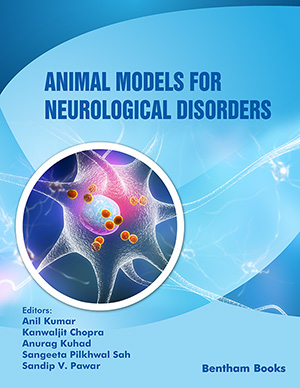Abstract
SHS investigation development is considered from the geographical and historical viewpoint. 3 stages are described. Within Stage 1 the work was carried out in the Department of the Institute of Chemical Physics in Chernogolovka where the scientific discovery had been made. At Stage 2 the interest to SHS arose in different cities and towns of the former USSR. Within Stage 3 SHS entered the international scene. Now SHS processes and products are being studied in more than 50 countries.
Abstract
Animal models help understand the possible pathways involved in a disease's pathophysiology, and they offer a significant test to screen the potential of a therapeutic compound. Depression is a chronic mental illness that affects the world's population widely. There are different behavioral and non-behavioral models of depression used in experimental animals to explore and understand the primary mechanism of depression. These models produce different types of depressive symptoms that can correlate with human depressive symptoms. This study highlights the stress and non-stress models by distinguishing the merits and demerits of models used for depression.
Keywords:
Anhedonia, Behavioral models, Chronic stress, Depression, Nonbehavioral models.
Recommended Chapters
We recommend

Authors:Bentham Science Books






